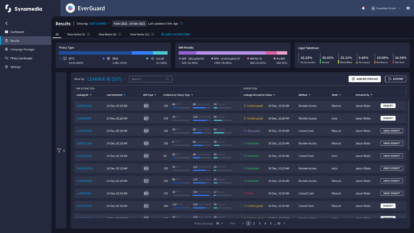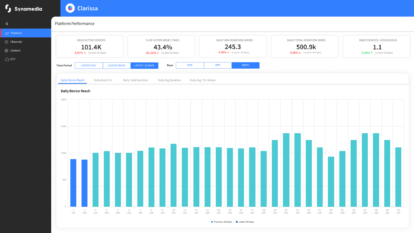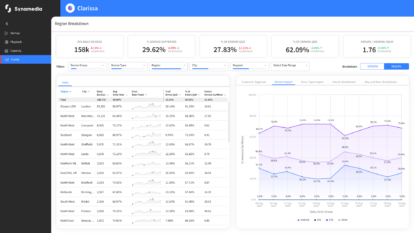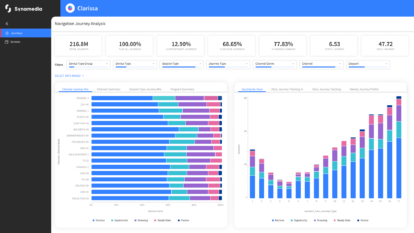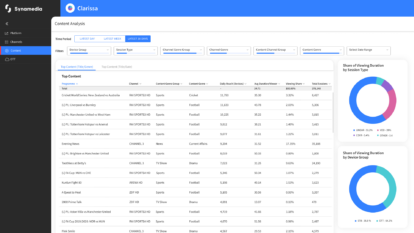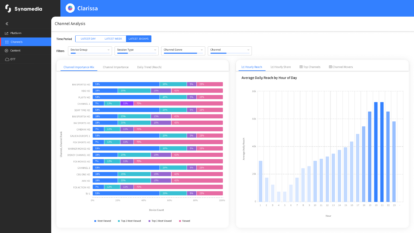With live sports mostly on hold amid the COVID-19 pandemic, demand for live-streamed events has drastically shrunk, along with the need for securing them. In stark contrast, OTT VOD content is seeing the exact opposite effect. Take Netflix, for example: In the first quarter of 2020, they added a whopping 15.8 million subscribers, more than double the expected 7.2 million. The challenge of securing OTT VOD content therefore very much remains, especially for those who are producing exclusive content for direct-to-consumer distribution.
VOD content doesn’t lose its value over time as rapidly as live content does. Watching a TV show or movie a few days, weeks or even months after its release does not necessarily impact its value – unlike a football game, for instance, which becomes “old news” even a few minutes after its live release.
Why OTT VOD Content Security Counts
Hence, the main priority for content providers is to protect their exclusive content over a longer period since exclusivity is the key to their service’s success. They need to ensure that no one can steal their content from the network or any legal OTT TV devices, or their value-add will be destroyed.
Exclusive OTT VOD content owners have tried to remain the sole source of this valuable content, specifically in the early distribution window (within a few days or weeks of release). But they generally become overwhelmed by the plethora of alternative pirate and legal locations where their content becomes available, even during the early distribution window. This is exactly what occurred during season 8 of the HBO series ‘Game of Thrones’, where, according to MUSO, a massive 76.6% of content viewings were from pirated sources – with over 55 million pirated downloads in the first hour.
Once VOD content is fully accessed by a video pirate, it can be re-encoded, repackaged over time and copied indefinitely. That means it can appear across a multitude of pirated websites, subscription/paid pirate networks and legal social platforms over time, all discoverable via either Google searches, social media, or online marketplaces. Clearly, exclusive OTT VOD providers require security solutions that can limit access to, or leakage of, their exclusive VOD content and protect against its unlimited distribution.
How viewers access OTT VOD content illegally
Currently, there are several relatively common ways for non-malicious viewers to illegally access VOD content for free, or for pirates to steal it and make a profit. How do these scenarios occur?
- Credentials sharing – a subscriber can access credentials of a friend or family member to watch VOD content for free.
- Credentials stuffing – using large-scale automated login requests, video pirates can illegally gain access to other legitimate accounts and sell their credentials on the dark web or open Internet.
- Trial fraud – a new trial subscriber can create fake identities to continue trialing SVOD services for free.
- As with live content, a pirate can access VOD content from the SVOD/TVOD provider’s OTT service by bypassing DRM content protection or by intercepting the content over HDMI, taking advantage of the breached HD Content Protection (HDCP).
What can you do to secure OTT VOD content?
When it comes to user credentials, all OTT providers need strong service protection to distinguish between paid subscribers and freeloaders with core mechanisms and tools for identifying and taking action.
- To address credentials sharing, OTT providers should be capable of targeting sharers of the service and converting them to paying subscribers in their own right.
- To address credentials stuffing, OTT providers should be empowered to blacklist and/or remove the fraudsters immediately to protect their subscribers’ safety and privacy and prevent negative repercussions.
- To address trial fraud, OTT providers should be able to prevent all users from benefiting from more than one free trial in order to avoid revenue loss.
- To prevent and detect leaked content from their services, SVOD/TVOD providers should be able to:
- Deploy extra security capabilities on top of their DRM to prevent illegal extraction of their VOD content via unauthorized applications, screen grabbing or jailbroken devices.
- Automate locating illegal distribution sources using a combination of web, human and network intelligence along with advanced fingerprinting capabilities for content identification.
- Take surgical action to disrupt the original piracy contributors/facilitators by removing or blocking access to their exclusive high value content from these locations via legal, network or advanced covert mechanisms.
- Watermark their OTT VOD content to later detect the initial OTT piracy source/account and disable that source/account in order to minimize future content theft.
Of course, we have just touched the tip of the iceberg here. If you want to learn more about Holistic OTT Security Threats and Solutions, join my webinar which will take place on June 30th at 10am ET / 3pm BST.
About the Author
Steve has over 23 years of industry experience and more than 40 patents in the fields of video, cybersecurity, machine learning and analytics. He is an expert in cybersecurity, DRM, big data, conditional access, machine learning, cloud computing, IP and broadcast television, and internet technologies. Steve was the lead architect for some of the largest digital television systems and has lectured around the world on a multitude of technologies at top industry events such as IBC and NAB. Steve has a MSEE from Columbia University and a BSEE Summa Cum Laude from Boston University.
